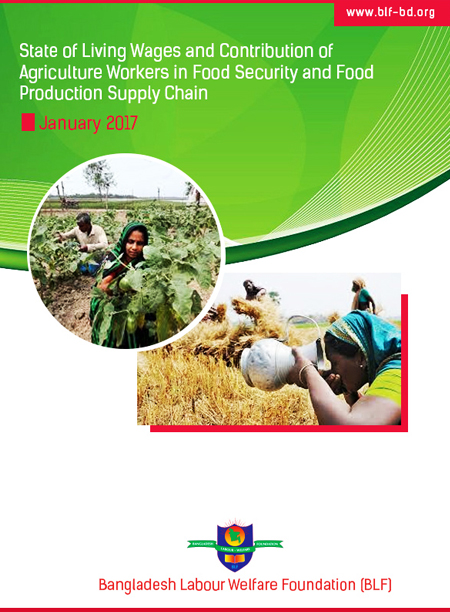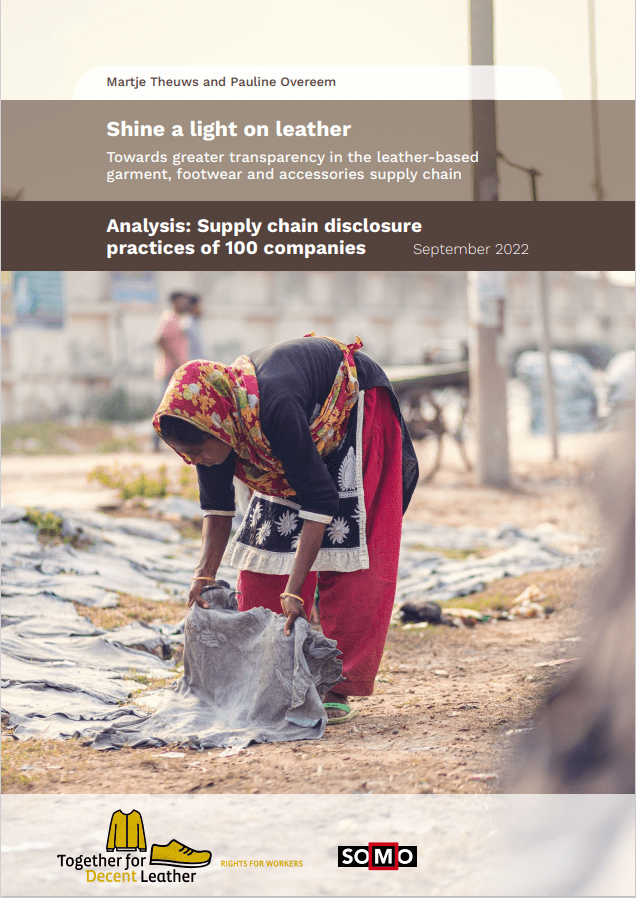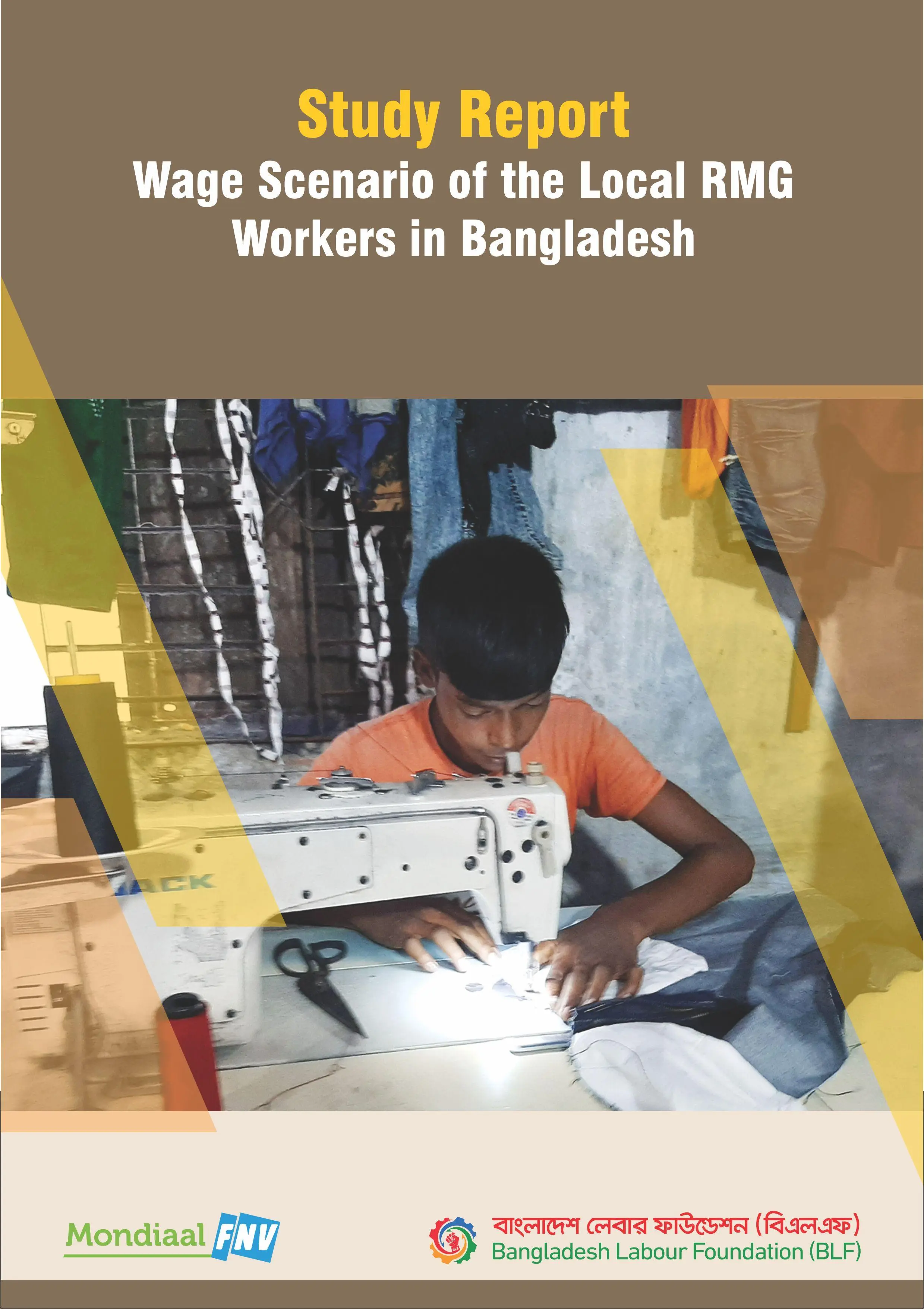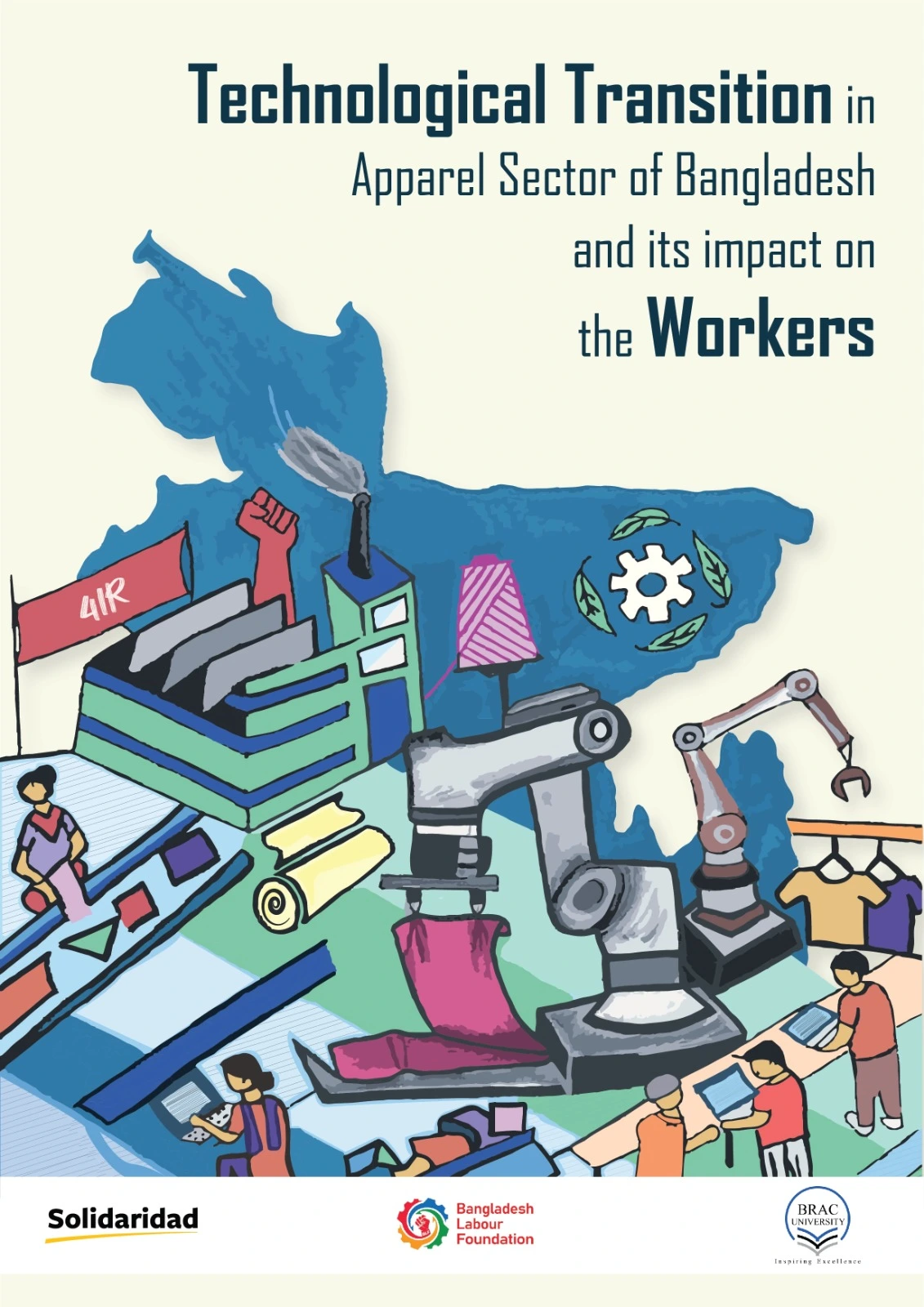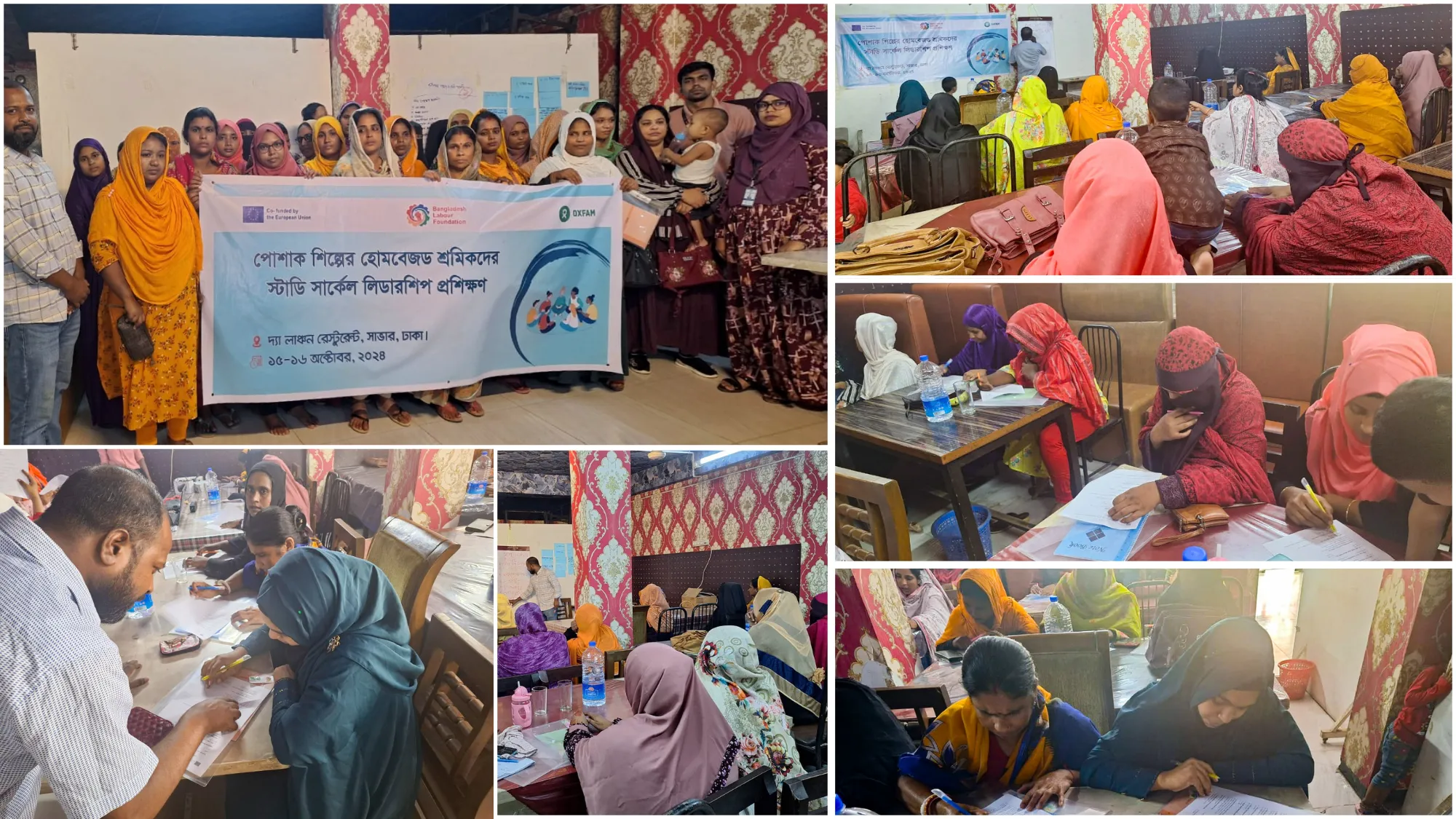Research & Study
Child Labour Situation in Keraniganj Local Readymade Garments
December, 2021
The study was commissioned by Bangladesh Labour Foundation (BLF). The study was commissioned to identify the numbers of child labour including their socio-economic background. It also tried to depict their working situation and its consequences on their lives. The study assessed the perception of trade union leaders, NGO representatives and policy makers of relevant government department towards child labour and gathered their experience to identify the potential solutions. The report intends to describe the methodology, legal framework, findings and concludes by recommending some key measures that would enable child to enjoy their rights and enhance institutional support to ensure child rights.
Key Words: Child Labour, Keraniganj, Informal Work, Hazardous Work
Background
Objectives
- Identify the number of child labour in downstream factories and find out the type and prevalence of child labour in RMG plants.
- Explore socio-economic indicators, e.g., age, gender, education, wage & benefits etc.; understand the attitude of relevant stakeholders (e.g. employer, trade union leader, NGOs, experts, government officials, etc.) towards child labour.
- Find out the consequences of child labour and identify challenges to eliminate child labour.
Key Findings
- The prevalence of child labour, aged up to 14 years is 13.23% and adult labour aged 15 and above is 86.77%.
- Most of the children came from coastal districts where river erosion is a common phenomenon and the consequences are losing jobs and migration.
- The Child Labours often face shouting, using abusive language, physical abuse (e.g. beating, slapping, kicking, pulling them by their hair, throwing objects/tools).
- The girl workers have to share an unhygienic toilet with male colleagues, which is more difficult for them during menstruation.
- Twenty percent (20%) of child workers were in the monthly income group between Tk. 500 to Tk. 1000. Very few (2%) child workers reported receiving above Tk. 10,000.
Recommendations
- First and foremost, Government must recognize DSRMG as an Industry under its relevant Ministry and Department of Bangladesh Government.
- Take initiative for Life skills and informal primary education for the child labours during their working period by reducing their working hours.
- Government should focus on Vocational training, including Entrepreneurship training.
- BLF must continue advocacy to implement compliance by administering and enforcing relevant legal instruments.
- Advocacywith governmentand Donors to provide a budget for pre-vocational/ vocational skills.
The Human Rights Charter and The Bangladesh Constitution, which have physical and mental development or have promised to uphold are totally missing. In addition, discrimination, exploitation, and torture have become a regular occurrence for these children, and poverty happens to be the main cause. The children’s lives remain further in misery and uncertainty due to the recklessness of the owners to maximize profit at any cost, backed by the absence of proper enforcement of relevant regulatory instruments. An intense and coordinated effort from the involved parties is the only way out of this situation.

Publication Details
Date: December, 2021
Contact
Bangladesh Labour Foundation (BLF)
107 Bir Uttam C.R. Datta Road
Dhaka – 1205
Bangladesh

